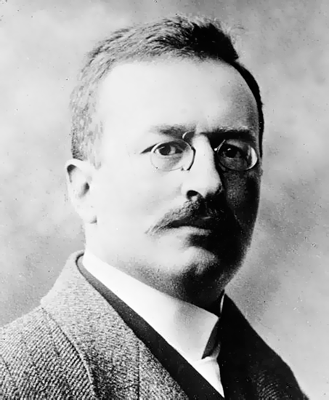News about maps
Digital cartography and GPS navigation
Mapstor news
This Day in History
Travelling with mapstor.com
This Day in History
4th December, 1674 Marquette founded the first European settlement
19th November, 1875 was born Hiram Bingham
18th November, 1832 was born Nils Adolf Erik Nordenskiöld
14th November, 1963 the island Surtsey was founded
11th November, 1729 was born Louis Antoine comte de Bougainville
19th February, 1865 Sven Hedin was born
 On the 19th of February, 1865 was born Sven Hedin, Swedish explorer, geographer, explorer of Central Asia.
On the 19th of February, 1865 was born Sven Hedin, Swedish explorer, geographer, explorer of Central Asia.
Sven Hedin expedition map is vast: from 1886 to 1934 he studied the distant and unknown regions of Central Asia and Tibet. During this time, he conducted surveillance physiographic, route studies, that eliminated many white spots on the map. He also described the landscapes and historical monuments. Only on the map of Tibet was depicted 170 000 sq.km . Despite the fact that researchers use primitive methods of calculation, he had compiled many maps that were very accurate.
During his first voyage in 1893 Hedin explored Central Asia. The route ran through the Pamirs, the Tarim Basin, Lobskoye desert, northern Tibet, southern and south Gobi Tsaidam. Traveling to Tibet, through the pass of 5180m, researcher crossed the ridge of Arkatag from where he headed to the western continuation of the chain Kokoshili. Along the way, he discovered and mapped a set of closed basins.
The second expedition of Hedin in the Tarim Basin and Tibet started in 1899. In September, he moved to Yarkand Darya from Kashgar to Laylik, planning to start their expedition along the Tarim and Yarkand Darya on the boat. During the hike on the boat Yangi drew up a map of the river flow.
Further Hedin joined a caravan and took several expeditions from Yangi - Kehl to the desert around Lobskoye pool. Here the researcher was lucky to find the ruins of an ancient kingdom and oasis in the Taklamakan Desert - Loulan, flourished in 260-330 BCE, and is now completely covered with sand. Numerous manuscripts were discovered, which were later translated and edited.
According to the results of the second expedition Sven Hedin published 2 volumes of maps and works in 6 volumes "Scientific results from a trip to Central Asia, 1899-1902 ."
During his third expedition in 1905 to Tibet Sven Hedin explored Hindu mountain area, pool Tsang -po and the Great Lakes region. When crossing Western Tibet Plateau, Hedin made photos of 230 sheets of previously unexplored territory, hypsometrically determined 200 points, held the important observations on physiography. During this expedition, the researcher made several important discoveries: he found the source of the Indus and Tsang -po (Brahmaputra), opened a great mountain range - Hedin ridge that formed the watershed between the drainage area of Inner Asia and the Indian Ocean.
Results of expedition Hedin outlined in 9 volumes, published under the title "Southern Tibet. Discoveries of past time compared to my own research of 1906-1908."
In 1927 was organized an expedition to Central Asia, the purpose of which was a comprehensive research program. For five years the researchers conducted a large-scale topographic work, and also made meteorological observations.
Sven Hedin was the last person in the country, which the Swedish king entitled a title of nobility. Works of Hedin were translated into various languages and published in many countries. Hedin expedition inspired many "cabinet" geographers take trips to Asia, including the Hungarian explorer Aurel Stein, who made a significant contribution to the study of Eastern Turkestan.
This Day in History 19-02-2014


